2-Day Local Adventure and Outdoor Activities in Split, Croatia
Split, Croatia
2 days
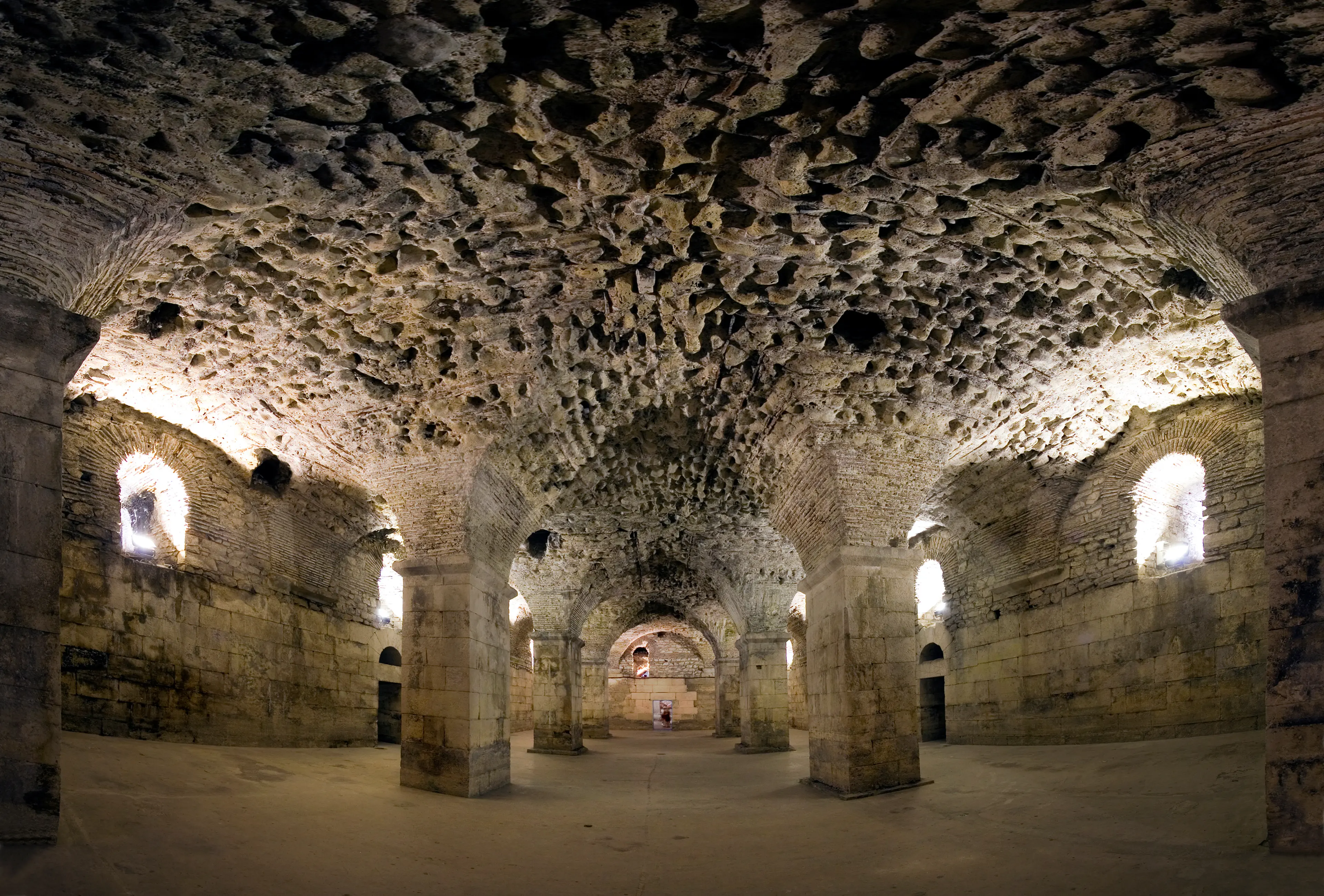
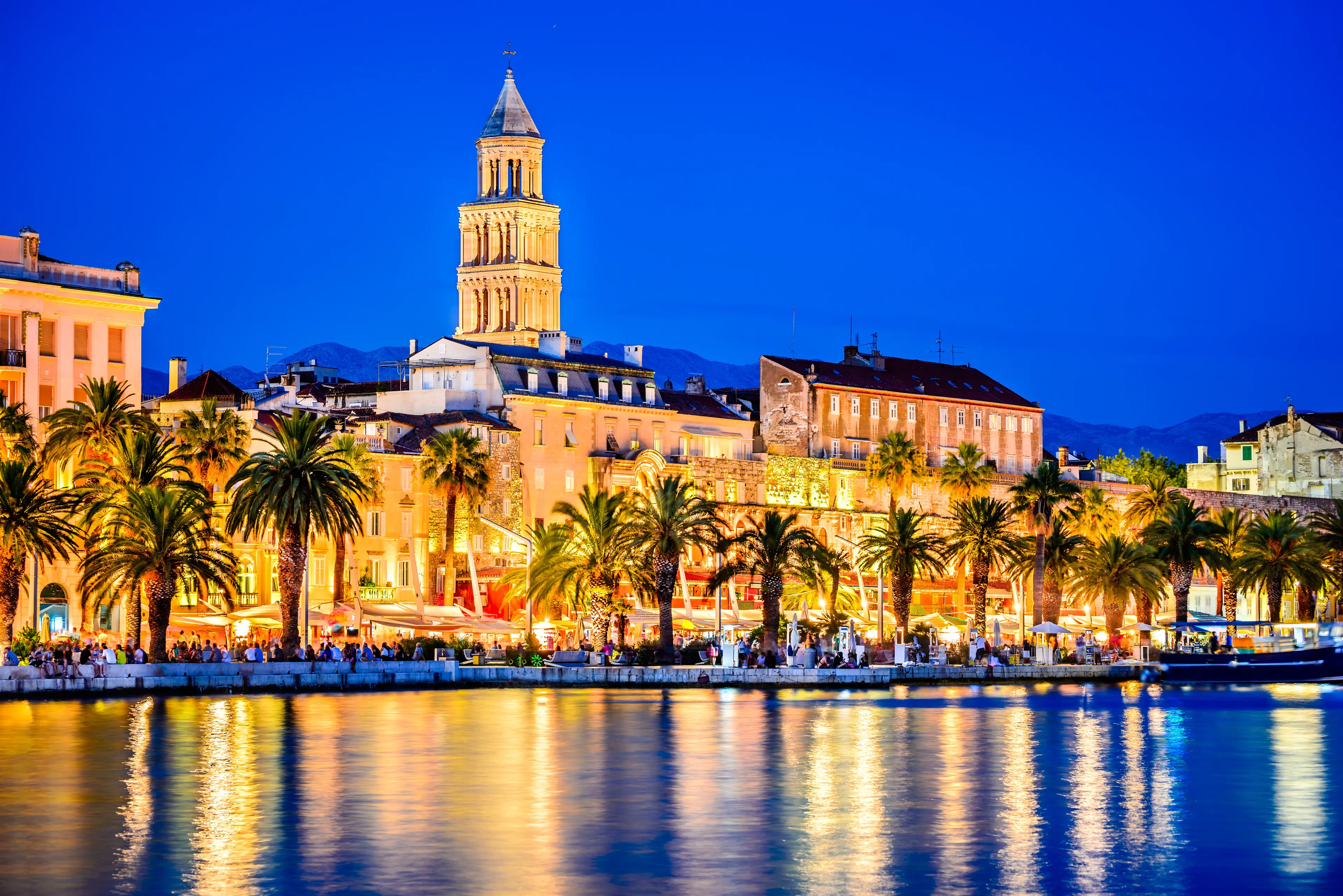


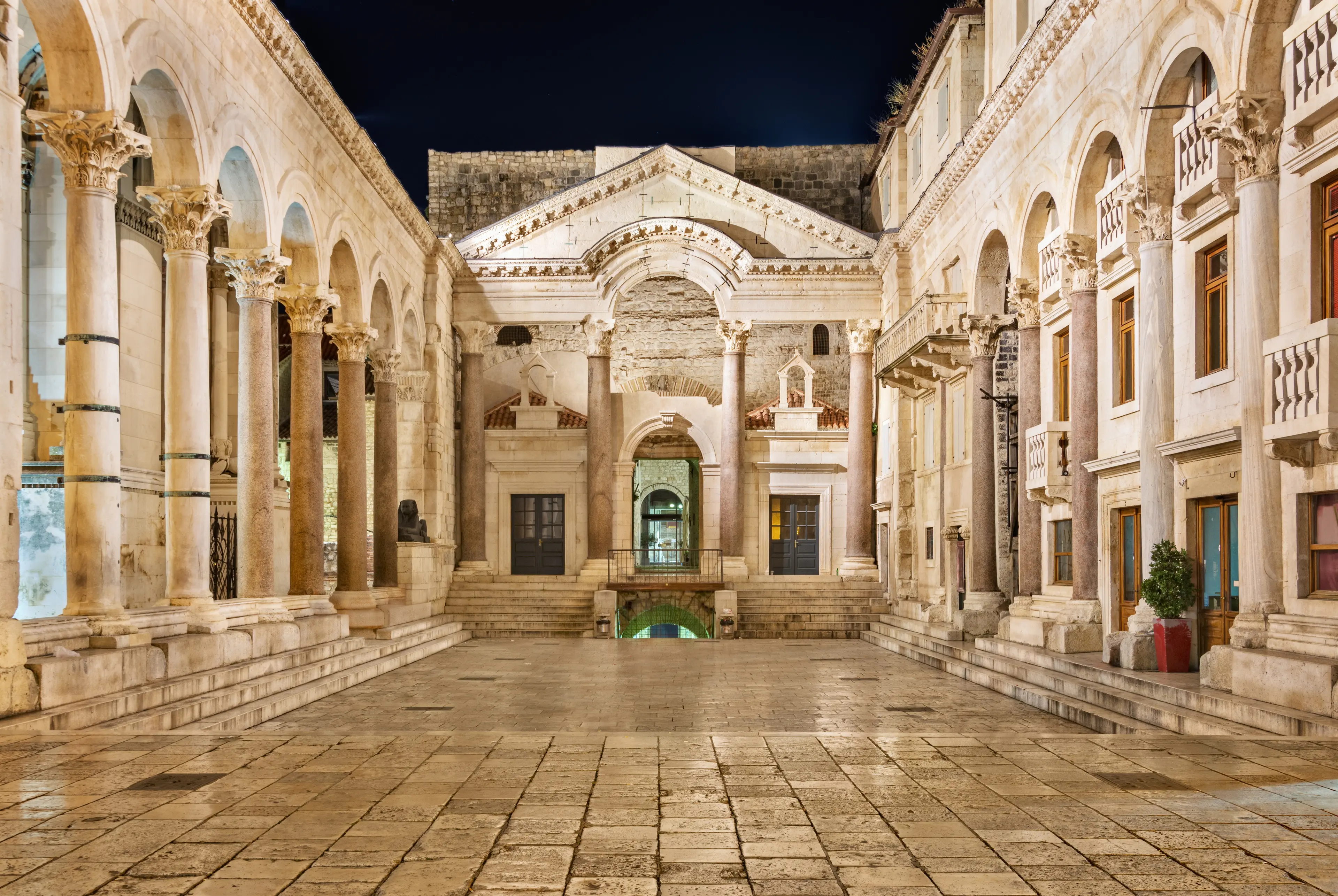
About Split, Croatia
Split, Croatia, is a captivating blend of ancient history and modern charm. As the second-largest city in Croatia, Split offers a unique blend of rich cultural heritage and stunning natural beauty. Explore the UNESCO World Heritage site, Diocletian's Palace, a Roman emperor's retirement home that now forms the city's vibrant heart. Wander through the bustling Riva promenade, lined with cafes and shops, or relax on the pristine beaches of the Adriatic Sea. Experience the local cuisine, featuring fresh seafood and traditional Dalmatian dishes. Take a day trip to the nearby islands of Hvar and Brac or explore the stunning Krka National Park. Split is not just a city, it's a feeling - come and experience it for yourself.
2-Day Itinerary
Day 2
Island Hopping and Cultural Experiences in Split
Morning
Start your second day with a visit to the Split Archaeological Museum, the oldest museum in Croatia. Here, you can see a vast collection of artifacts from the prehistoric, Greek, Roman and early Christian periods.
Lunch
For lunch, head to one of the local restaurants in the Bacvice neighborhood, known for its sandy beach and vibrant nightlife. Enjoy a meal of fresh seafood or traditional Dalmatian dishes.
Afternoon
After lunch, take a boat tour to the nearby islands of Brac or Hvar. Enjoy the crystal-clear waters of the Adriatic Sea, explore the charming island towns and soak up the sun on the beautiful beaches.
Dinner
Back in Split, have dinner in one of the restaurants in the Matejuška neighborhood, a traditional fishing village with a charming, old-world atmosphere. Try some of the local fish dishes, freshly caught and prepared in traditional Dalmatian style.
Evening
End your day with a visit to the Croatian National Theatre in Split, where you can enjoy a performance of opera, ballet or drama. After the show, take a leisurely stroll along the Riva Promenade, enjoying the night views of the city and the sea.
Attractions in Itinerary (7)

1Diocletian's Palace
A UNESCO World Heritage site, Diocletian's Palace is one of the best-preserved Roman buildings in the world. It was built by the Roman emperor Diocletian at the turn of the fourth century AD.

2Riva Promenade
Riva is the main city promenade. Since 2007, Riva has a new, modern appearance, which isn't accepted by some who are used to its authentic look.

3Marjan Forest Park
Marjan Forest Park is a hill on the peninsula of the city of Split. It is covered in a dense Mediterranean pine forest and completely surrounded by the city and the sea.

4Split City Museum
Located within the Gothic palace of the Papalic family, the Split City Museum houses a valuable collection of medieval artifacts.

5Split Archaeological Museum
Founded in 1820, it is the oldest museum in Croatia. It has an extensive collection of various archaeological artifacts from the prehistoric, Greek, Roman and early Christian period.

6Bacvice
A famous beach located in the city of Split. Known for its vibrant nightlife with many clubs and bars. It's also famous for a traditional game called 'picigin'.

7Croatian National Theatre
The Croatian National Theatre in Split is a theatre located in downtown Split. The theatre was first established in 1893, and it hosts a variety of performances including plays, ballet, and opera.
Local Food and Drinks (12)

Peka
A traditional Croatian dish, Peka is a blend of vegetables and meat drizzled with olive oil, sprinkled with herbs, and then baked to perfection under a bell-like dome, or ispod čripnje. It's a must-try for anyone visiting Split.

Crni Rižot
Crni Rižot, or black risotto, is a popular Croatian seafood dish. It's made from squid or cuttlefish, with their ink used to give the risotto its distinctive black color. It's a common dish in Split and a must-try for seafood lovers.
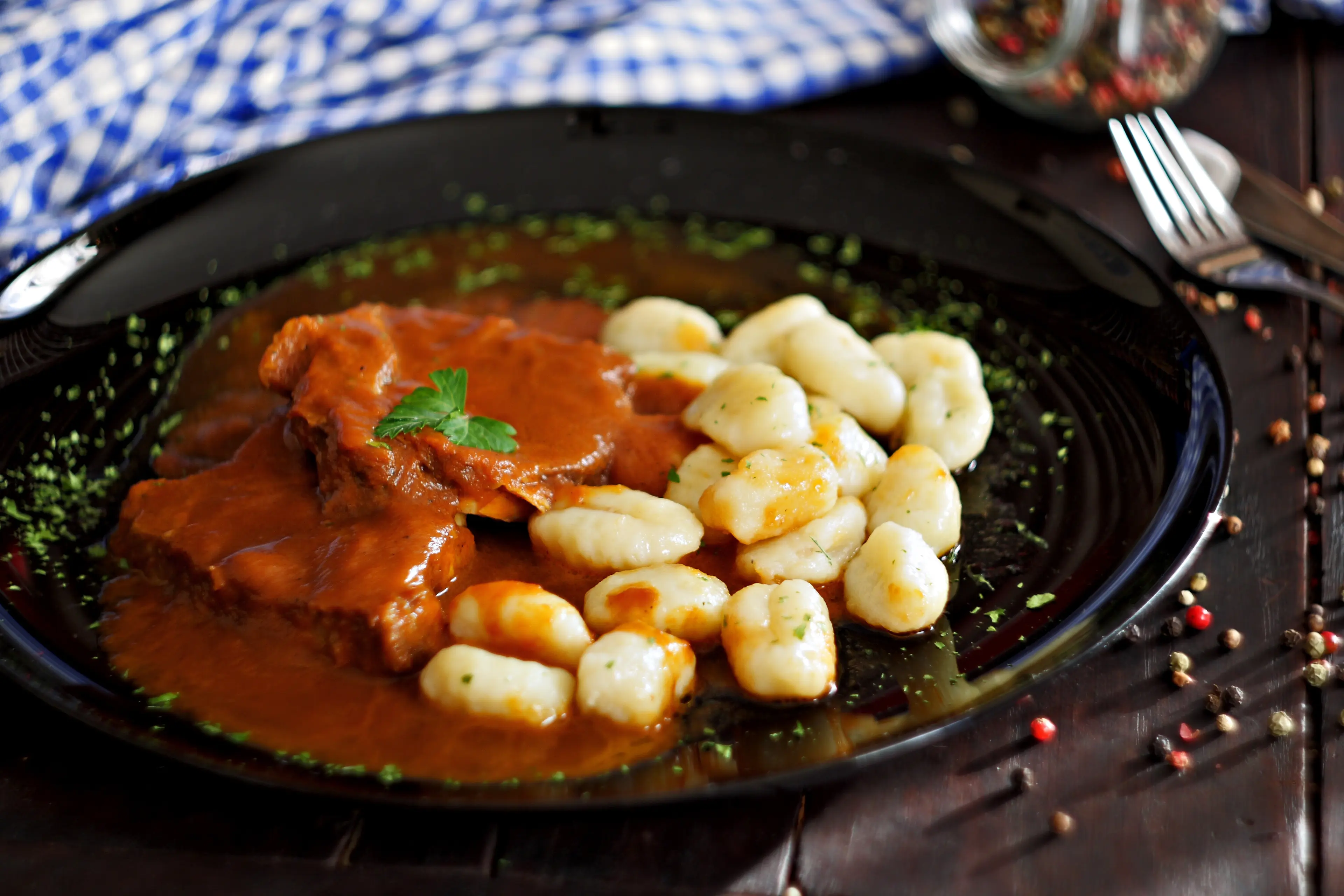
Pašticada
Pašticada is a traditional Dalmatian dish. It's a stewed beef dish cooked in a special sauce, usually served with gnocchi. It's a popular dish in Split and a must-try for meat lovers.

Soparnik
Soparnik is a traditional Dalmatian dish, often considered the precursor to the Italian pizza. It's a thin, flat pie filled with Swiss chard, onions, and parsley, and is a popular vegetarian option in Split.
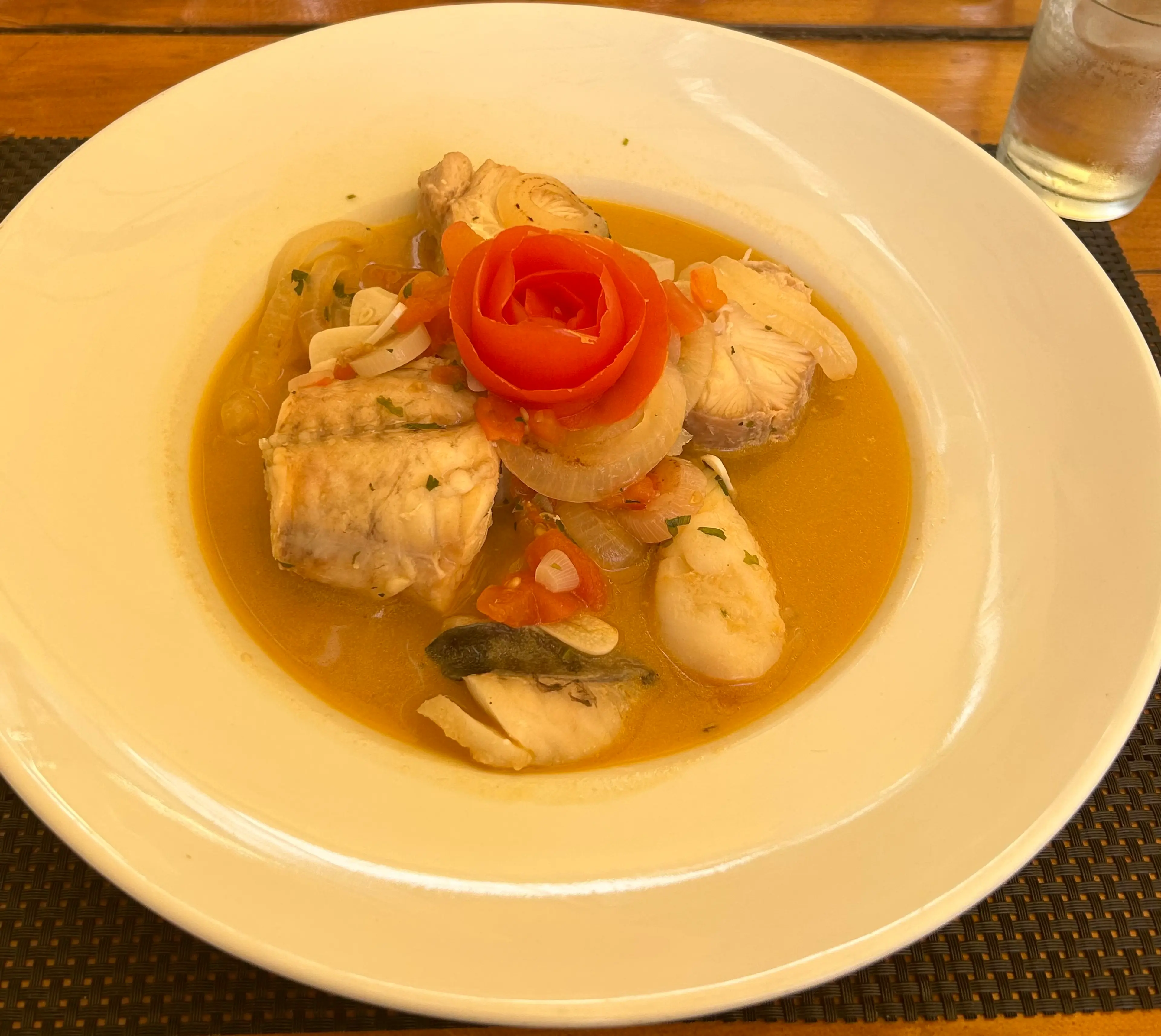
Gregada
Gregada is a traditional Croatian fish stew made with several types of fish, potatoes, onions, garlic, parsley, and olive oil. It's a popular dish in Split, especially among seafood lovers.
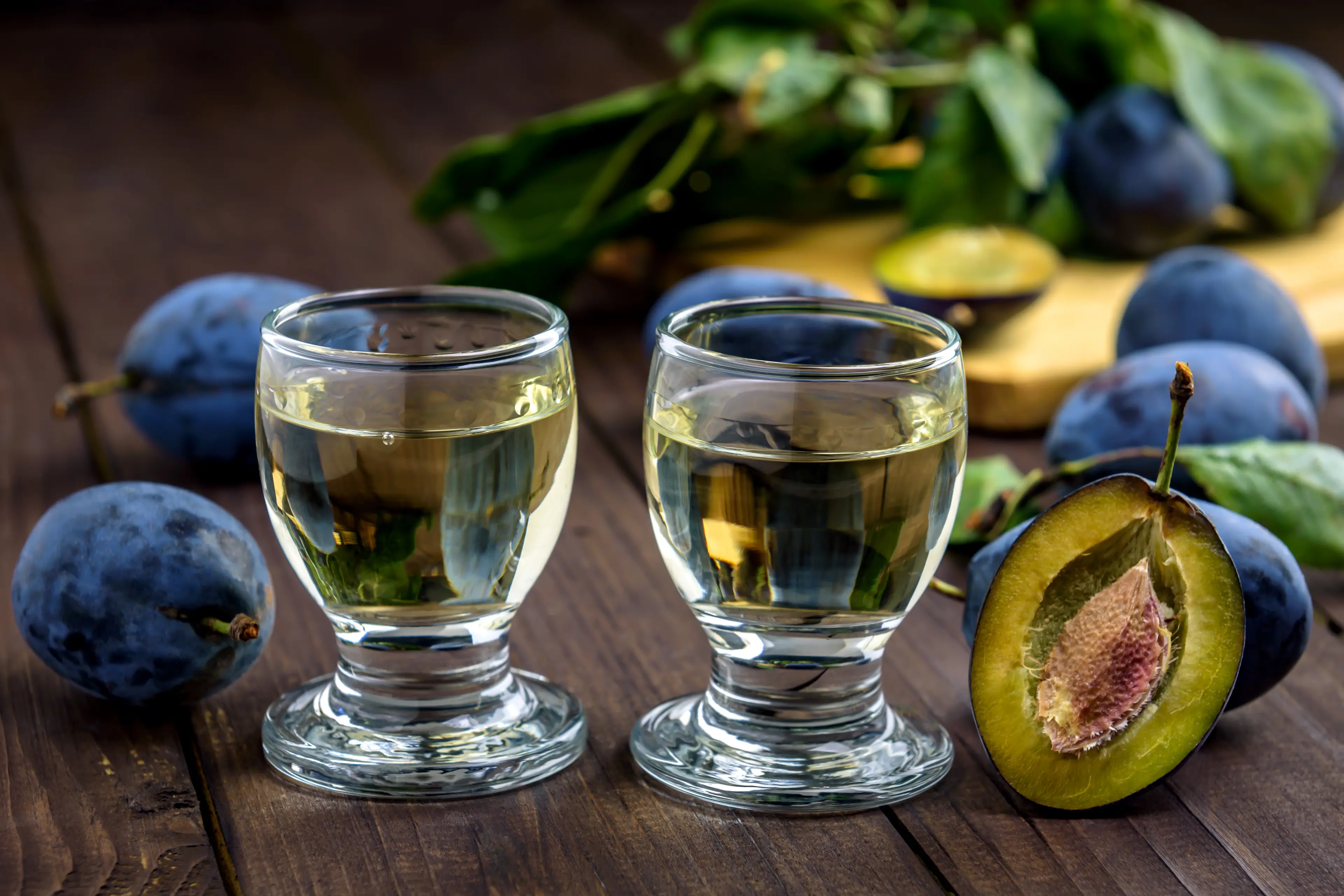
Rakija
Rakija is a popular Croatian brandy that comes in many flavors, including plum (šljivovica), grape (loza), honey (medica), and walnut (orahovica). It's a must-try for anyone visiting Split.
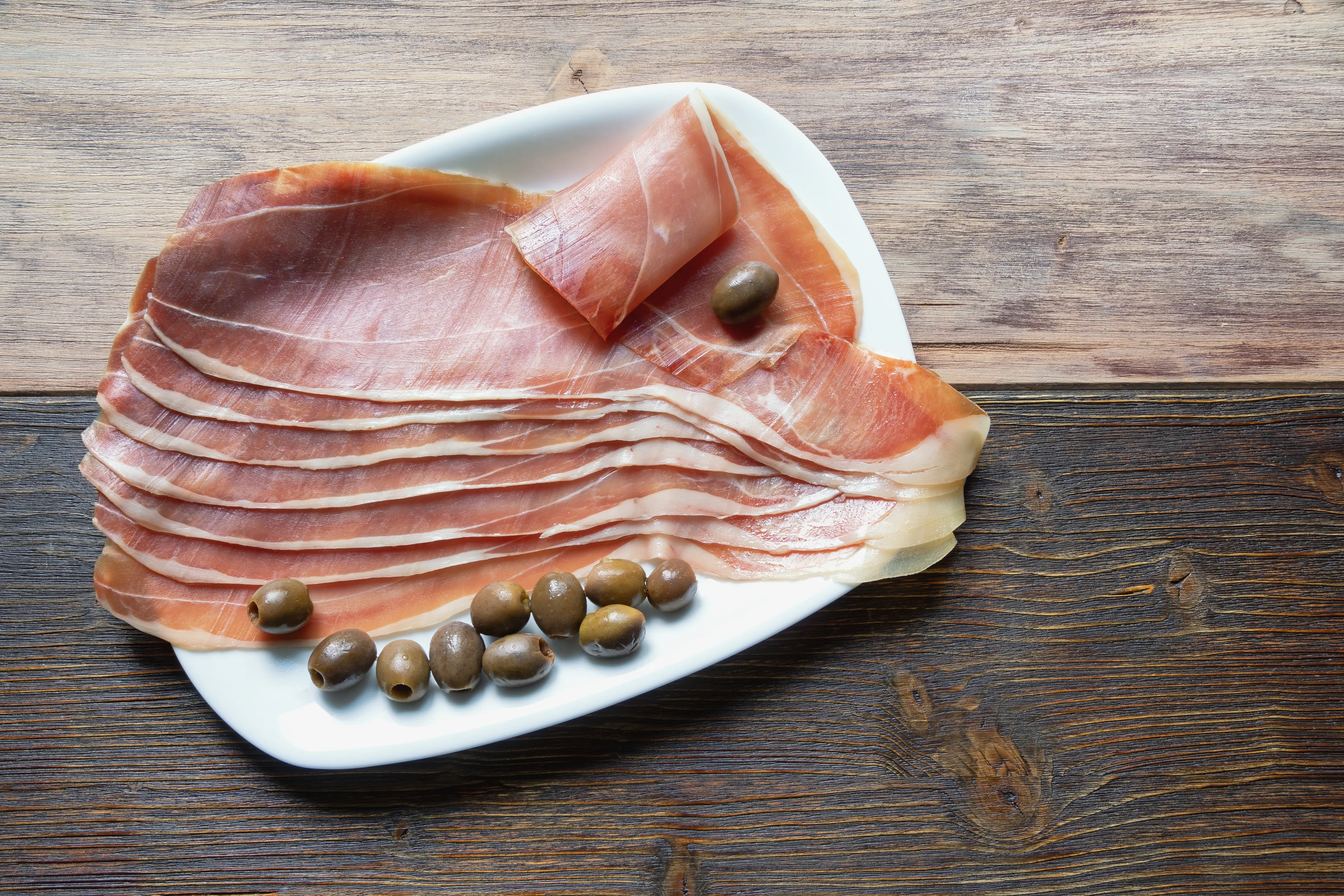
Pršut
Pršut is a dry-cured ham similar to Italian prosciutto. It's a common appetizer in Split and is often served with cheese and olives.

Rožata
Rožata is a traditional Croatian custard pudding similar to flan. It's a popular dessert in Split and is often served with a sweet caramel sauce.

Maraschino
Maraschino is a liqueur made from the distillation of Marasca cherries. It's a traditional drink in Split and a must-try for anyone visiting the city.

Kroštule
Kroštule is a traditional Croatian dessert. These deep-fried dough ribbons dusted with powdered sugar are a popular sweet treat in Split.
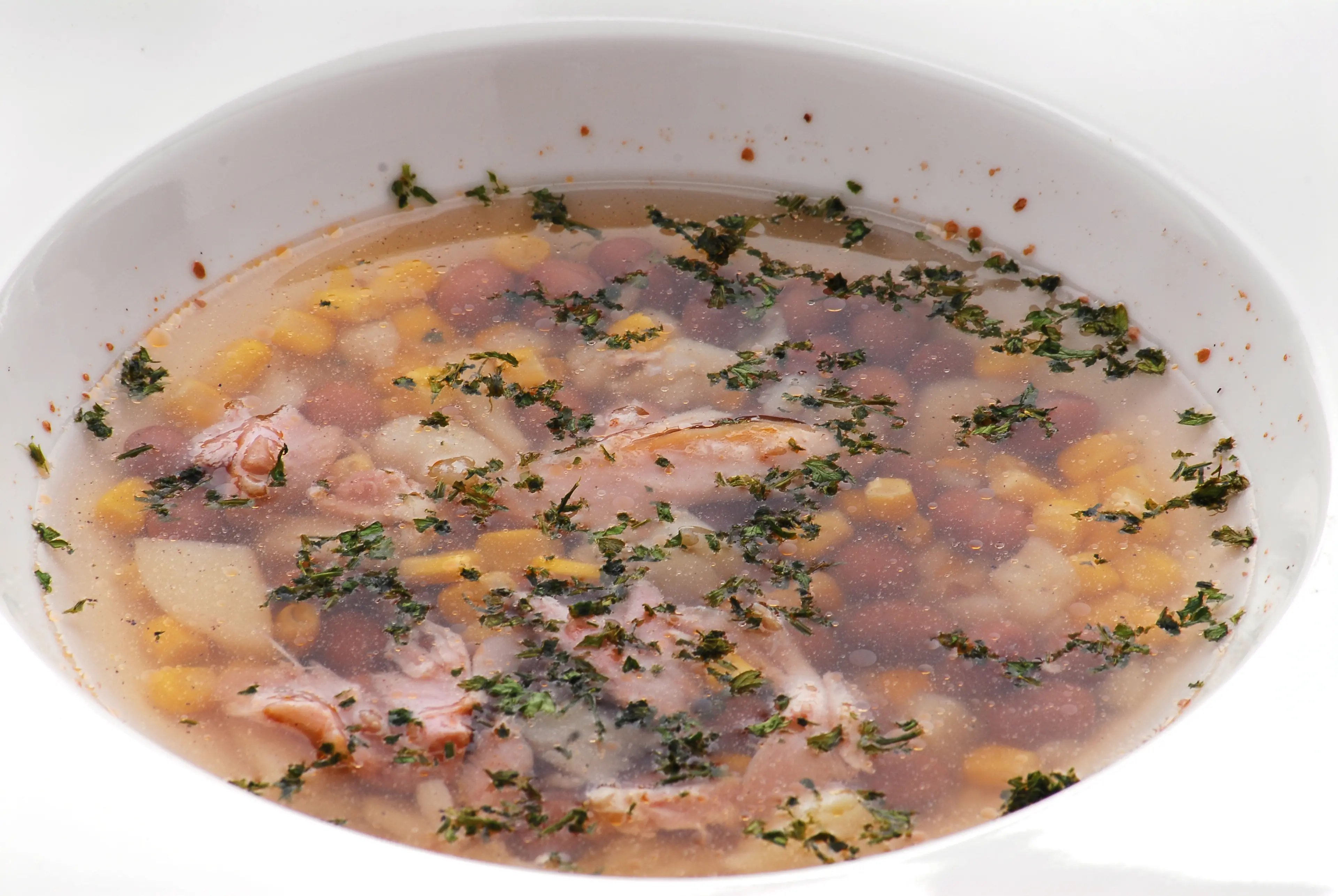
Bobići
Bobići is a traditional Croatian corn soup. It's a popular dish in Split, especially during the summer months.

Prošek
Prošek is a traditional Dalmatian dessert wine. It's sweet and strong, often served at the end of a meal. It's a must-try for wine lovers visiting Split.
Best time to visit
The best time to visit Split, Croatia is typically between April and June, or September and October. During these months, the weather is warm and pleasant, perfect for exploring the city's historical sites and enjoying the beautiful beaches. The city is less crowded compared to the peak summer months of July and August, allowing you to experience the local culture more intimately. Additionally, accommodation and flight prices tend to be more affordable during these shoulder seasons.
How to get around
City Bus
Split has a comprehensive city bus network that covers the entire city and its suburbs. It's a convenient way to get around, especially if you're staying outside the city center.
Taxi
Taxis are readily available throughout Split. They can be hailed on the street, booked in advance, or picked up from designated taxi ranks. It's a quick but more expensive way to get around.
Ridesharing
Split has ridesharing services like Uber available. It's a convenient way to get around, especially if you're familiar with the app. You can book a ride directly from your smartphone and the price is usually cheaper than a taxi.
Bicycle
Split is a bike-friendly city with numerous bike rental shops and dedicated bike lanes. It's a fun and eco-friendly way to explore the city, especially the scenic coastline.
Car Rental
Renting a car is a good option if you plan to explore beyond Split. Keep in mind that parking can be challenging in the city center and the old town is pedestrian-only.
Ferry
Split's port offers numerous ferry connections to the surrounding islands. It's a great way to explore the beautiful Croatian coastline and islands.
Walk
Split's city center is compact and pedestrian-friendly, making walking an excellent way to explore. The old town, Diocletian's Palace, and the Riva promenade are all easily accessible on foot.
Train
While not as commonly used for local travel, Split's train station offers connections to other Croatian cities and destinations. It's a good option if you're planning to travel further afield.
Scooter
Renting a scooter can be a fun and efficient way to get around Split, especially during the busy summer months. However, be aware of the local traffic rules and ensure you have the appropriate license.
Important information
Currency€ EUR
Time zoneUTC+1
Driving sideRight
Emergency phone112
Drinking waterYes
Power sockets
Voltage230 V
Things to know about Split, Croatia as a first time visitor
1
Split is the second-largest city in Croatia, so it's quite busy and bustling.
2
The official language is Croatian, but English is widely spoken, especially in tourist areas.
3
The local currency is the Croatian Kuna (HRK). Credit cards are widely accepted, but it's good to have some cash on hand for smaller establishments.
4
Split has a Mediterranean climate. Summers are hot and dry with temperatures ranging from 70°F (21°C) to 90°F (32°C), while winters are mild and wet with temperatures ranging from 40°F (4°C) to 60°F (15°C).
5
Tipping is customary in Croatia. It's typical to leave a 10-15% tip in restaurants and cafes.
6
Public transportation is reliable and affordable. The city has a good network of buses, and ferries are available for island hopping.
7
Split is generally safe for tourists, but like any city, it's important to be aware of your surroundings and keep an eye on your belongings.
8
Croatia is part of the European Union, but it's not part of the Schengen Area. This means you may need a visa to visit, depending on your nationality.
9
The tap water in Split is safe to drink.
10
Split is a pedestrian-friendly city with many of its attractions located within walking distance of each other.
11
Croatia uses the Type C and Type F plug. The standard voltage is 230 V, and the standard frequency is 50 Hz.
12
Split has a vibrant nightlife with numerous bars, clubs, and restaurants open late.
13
Croatian cuisine is diverse and delicious. Be sure to try local dishes like peka, pasticada, and Dalmatian prosciutto.
14
Split has a variety of accommodation options to suit different budgets, from luxury hotels to budget hostels and vacation rentals.
15
Croatians are generally friendly and hospitable. Don't hesitate to ask for help or directions.
16
Split has several markets where you can buy fresh produce, local products, and souvenirs.
17
The city is known for its festivals and events, so check the local calendar to see what's happening during your visit.
18
Split has a rich history and culture. Consider hiring a local guide to learn more about the city's past.
19
Croatia has a universal healthcare system, but travel insurance is recommended for unforeseen circumstances.
20
Respect local customs and traditions. For example, it's customary to greet people with a handshake and to say 'Dobar dan' (Good day).
Basic Croatian to know as a first time visitor
English phrase | Native phrase | Pronunciation | When to use it |
|---|---|---|---|
Hello | Bok | bohk | Greeting someone |
Goodbye | Doviđenja | doh-vee-jen-ya | Leaving or saying goodbye |
Please | Molim | moh-leem | Making a request |
Thank you | Hvala | hva-la | Expressing gratitude |
Yes | Da | dah | Answering affirmatively |
No | Ne | neh | Answering negatively |
Excuse me | Oprostite | oh-proh-stee-teh | Getting attention or apologizing |
I don't understand | Ne razumijem | neh rah-zoo-me-yem | When you don't understand something |
Do you speak English? | Govorite li engleski? | goh-voh-ree-teh lee eng-les-kee | Asking if someone speaks English |
I'm sorry | Žao mi je | zhao mee yeh | Apologizing |
Where is...? | Gdje je...? | gdye yeh | Asking for directions |
Bathroom | Kupaonica | koo-pah-oh-neet-sah | Asking for the bathroom |
Help | Pomoć | poh-mohch | In case of emergency |
Food | Hrana | hra-na | When looking for food |
Water | Voda | vo-da | When asking for water |
Beer | Pivo | pee-vo | When ordering a beer |
Wine | Vino | vee-no | When ordering wine |
Check, please | Račun, molim | rah-choon, moh-leem | Asking for the bill |
How much does it cost? | Koliko to košta? | ko-lee-ko toh kosh-ta | Asking for the price |
Good night | Laku noć | lah-koo notch | Saying goodnight |
Packing List
Clothing
Underwear
Socks
T-shirts
Shorts
Lightweight pants
Swimsuit
Sleepwear
Comfortable walking shoes
Sandals
Light jacket or sweater
Hat or cap
Sunglasses
Toiletries
Toothbrush
Toothpaste
Floss
Deodorant
Razor
Shaving cream
Shampoo and conditioner
Body wash
Sunscreen
Lip balm with SPF
Personal hygiene items
Prescription medications
First aid kit
Travel documents and essentials
Passport
Driver’s license
Credit and debit cards
Cash and coins
Travel insurance information
Hotel and/or tour contact information
Tickets (flights, hotel, events)
Emergency contacts and important addresses
Electronics and gadgets
Smartphone
Charger for smartphone
Headphones
Camera
Charger for camera
Power adapter and converter
Portable power bank
Miscellaneous items
Travel pillow
Travel blanket
Earplugs and eye mask
Snacks
Water bottle
Books or e-books
Travel guide and map
Notebook and pen
Reusable shopping bag
Umbrella
Weather Conditions
Split, Croatia, is known for its Mediterranean climate, which means hot, dry summers and mild, wet winters. If you're planning a trip, here's some weather-related guidance to help you prepare. If you're visiting in the summer, from June to August, expect temperatures to range from 70°F to 90°F (21°C to 32°C). It's the perfect time for beach activities, so don't forget your sunscreen, hat, and sunglasses. However, summer is also the peak tourist season, so expect crowded beaches and tourist spots. The shoulder seasons, spring (April to June) and fall (September to November), offer more comfortable temperatures, ranging from 50°F to 70°F (10°C to 21°C). These periods are ideal for outdoor activities like hiking and sightseeing, as the weather is pleasant and the tourist crowds are smaller. Winter, from December to February, sees temperatures from 40°F to 55°F (4°C to 13°C). While it's the wettest season, it's also the least crowded time to visit. Pack a waterproof jacket and warm clothing if you're planning to visit during this time. Regardless of when you visit, it's always a good idea to check the local weather forecast before your trip. This will help you pack appropriately and plan your activities. Remember, the weather can sometimes be unpredictable, so it's always best to be prepared for a variety of conditions. Enjoy your trip to Split!
| Month | Hi / Lo (°C) | Weather Overview |
|---|---|---|
January | 14° / 6° | January is the coldest month in Split, Croatia, with temperatures ranging from 6°C to 14°C. It's a quiet time for tourism, so you can enjoy the city without the crowds. |
February | 15° / 6° | February is still chilly, with temperatures between 6°C and 15°C. The city begins to wake up from its winter slumber, but it's still not peak tourist season. |
March | 18° / 9° | March sees a slight increase in temperature, ranging from 9°C to 18°C. The city starts to bloom with the onset of spring, making it a beautiful time to visit. |
April | 22° / 12° | April is a pleasant month with temperatures between 12°C and 22°C. The city is in full bloom and the Easter celebrations add a festive vibe. |
May | 26° / 16° | May offers warm temperatures ranging from 16°C to 26°C. It's a great time to enjoy outdoor activities and explore the city's historical sites. |
June | 30° / 20° | June marks the beginning of summer with temperatures between 20°C and 30°C. The city is bustling with tourists and the beaches are a major attraction. |
July | 33° / 23° | July is the hottest month in Split, with temperatures ranging from 23°C to 33°C. It's the peak of the tourist season, with numerous festivals and events taking place. |
August | 33° / 23° | August continues the summer heat with temperatures between 23°C and 33°C. The city is vibrant with tourists enjoying the beaches, festivals, and nightlife. |
September | 28° / 19° | September offers a respite from the summer heat, with temperatures between 19°C and 28°C. The tourist crowds start to thin, making it a good time to visit for a more relaxed experience. |
October | 24° / 15° | October sees a drop in temperature, ranging from 15°C to 24°C. The city's autumn colors and the wine harvest season make it a unique time to visit. |
November | 19° / 11° | November is a quiet month for tourism in Split, with temperatures between 11°C and 19°C. It's a good time to visit if you prefer a quieter, more relaxed atmosphere. |
December | 15° / 7° | December is the start of the winter season, with temperatures between 7°C and 15°C. The city is beautifully decorated for the Christmas season, offering a festive atmosphere. |
Did you know?
Places near by Split, Croatia

Trogir
A historic town and harbour on the Adriatic coast.

Krka National Park
A stunning national park known for its series of 7 waterfalls.

Zadar
A city on Croatia’s Dalmatian coast, known for the Roman and Venetian ruins of its peninsular Old Town.

Hvar
A Croatian island in the Adriatic Sea, best known as a summer resort.

Mostar
A city in southern Bosnia and Herzegovina, straddling the Neretva River.

Dubrovnik
A city in southern Croatia fronting the Adriatic Sea, known for its distinctive Old Town.

Plitvice Lakes National Park
A forest reserve in central Croatia, known for a chain of 16 terraced lakes, joined by waterfalls.

Sarajevo
The capital of Bosnia and Herzegovina, with a long and rich history of religious and cultural diversity.

Venice
A city in northeastern Italy and the capital of the Veneto region, known for its beautiful canals and architecture.